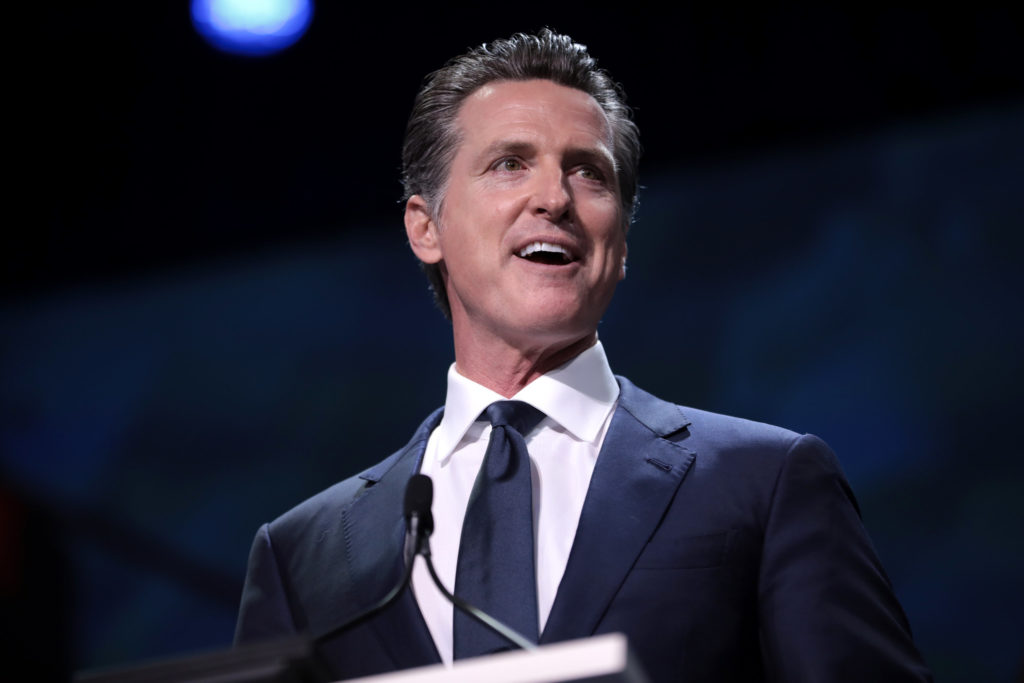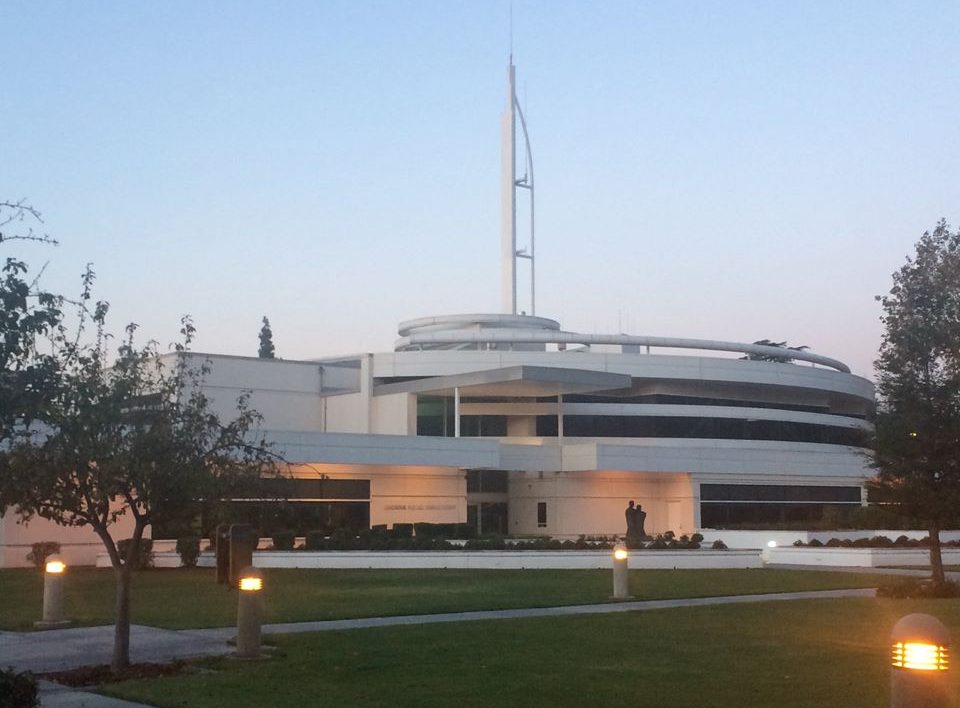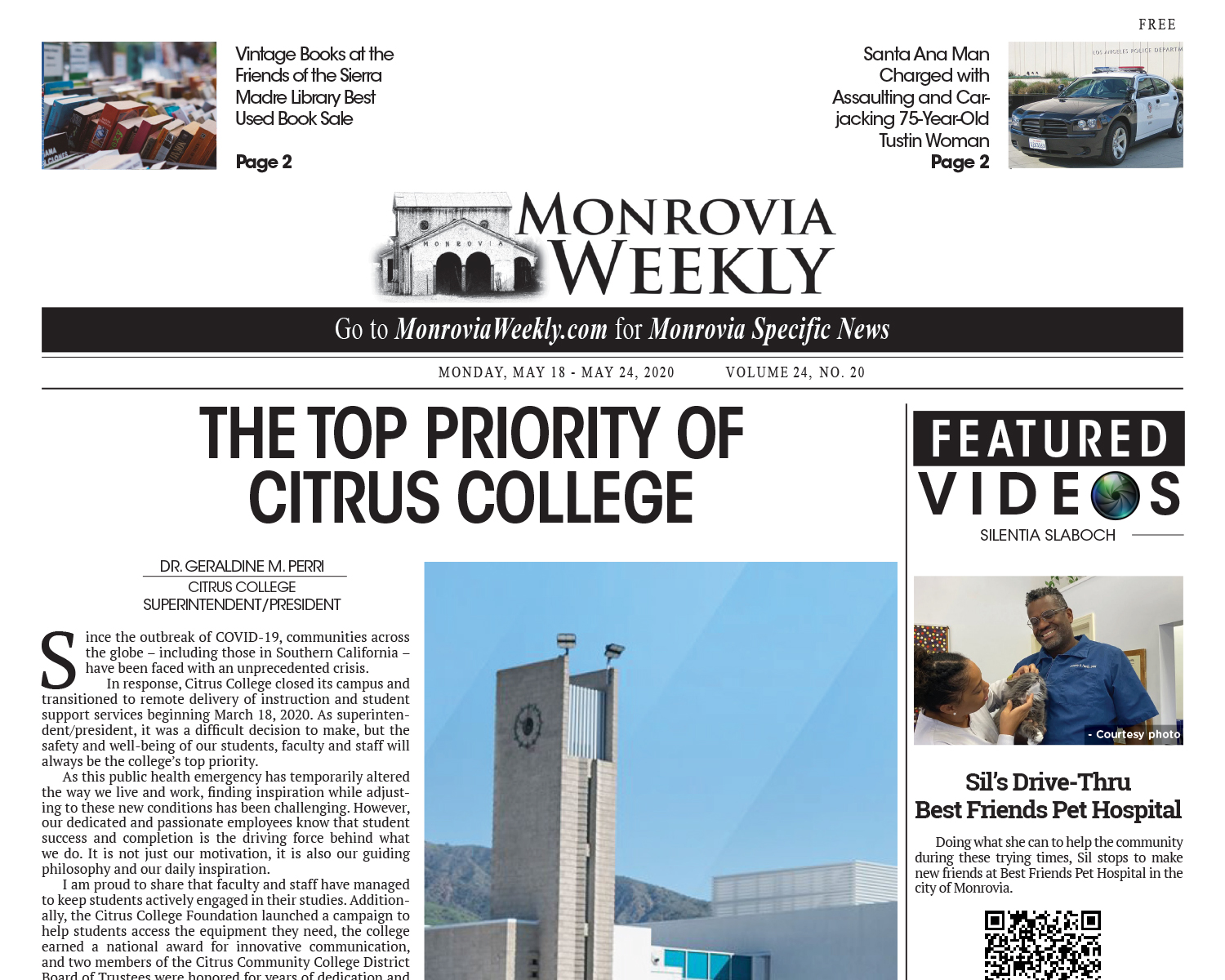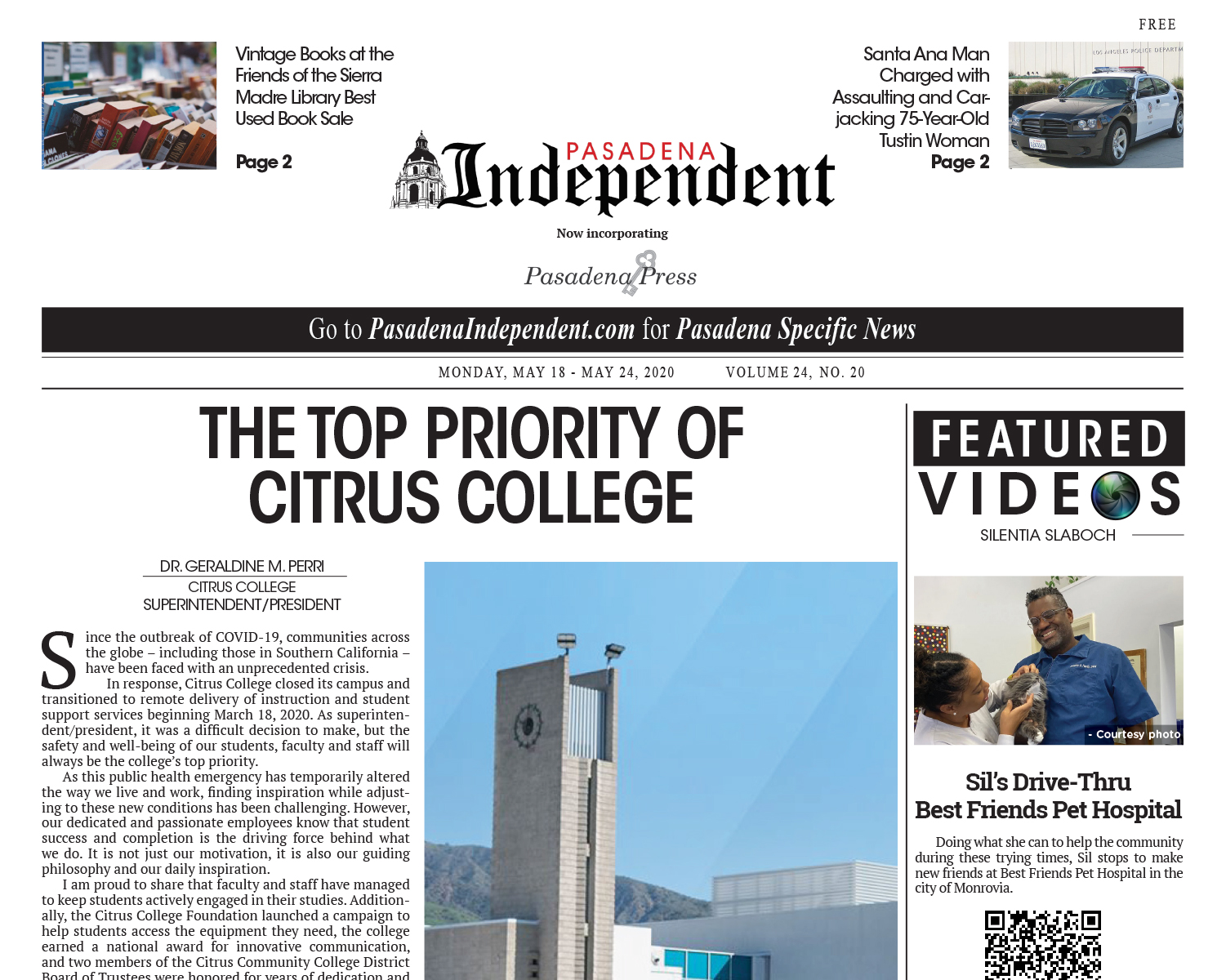
In the face of a global health crisis that has triggered a global financial crisis, Governor Gavin Newsom Thursday submitted his 2020-21 May Revision $203 billion budget proposal to the Legislature — a balanced plan to close a budget gap $54.3 billion brought on swiftly by the COVID-19 recession.
“COVID-19 has caused California and economies across the country to confront a steep and unprecedented economic crisis — facing massive job losses and revenue shortfalls,” said Newsom. “Our budget today reflects that emergency. We are proposing a budget to fund our most essential priorities – public health, public safety and public education — and to support workers and small businesses as we restart our economy. But difficult decisions lie ahead. With shared sacrifice and the resilient spirit that makes California great, I am confident we will emerge stronger from this crisis in the years ahead.”
The revised budget proposes to cancel new initiatives proposed in the governor’s budget, cancel and reduce spending included in the 2019 Budget Act, draw down reserves by $8.3 billion, borrow from special funds, and temporarily increase revenues.
In January, the state projected a balanced budget with a $5.6 billion surplus and record reserve levels. The COVID-19 recession in California has resulted in more than 4 million unemployment claims being filed since mid-March, the unemployment rate is now projected to be 18 percent for the year (and hit a peak of 24.5 percent), and there is a $41 billion drop in revenues compared to January’s forecast. With a higher demand for social safety net services increasing state costs, the $54.3 billion deficit — a combination of a $13.4 billion deficit this year and $40.9 billion in the next — is more than three times the size of the record $16 billion set aside in the state’s Rainy Day Fund.
According to the governor’s office, “The budget will show that the most painful cuts will only be triggered if the federal government does not pass an aid package that helps states and local governments.” Earlier in the week, state leaders sent a letter to U.S. Congressional leadership, asking them to authorize $1 trillion in direct and flexible relief funding to states and local governments. State leadership says additional federal funds are needed to protect public health and safety, public education and other core government functions, as well as to support an economic recovery. If additional federal funds are not forthcoming before July 1, the new budget includes spending cuts to meet the constitutional requirement for a balanced state budget.
Lawmakers and Newsom will meet and negotiate over the next four weeks as they must pass a budget on June 15.
Protecting Public Health, Public Safety, and Public Education
The revision proposes $44.9 billion in General Fund money for schools and community colleges and $6 billion in additional federal funds to supplement state funding. To address the decline in the constitutionally-required funding for schools and community colleges resulting from the COVID-19 recession, the May Revision proposes to reallocate $2.3 billion in funds previously dedicated to paying down schools’ unfunded liability to CalSTRS and CalPERS to instead pay the school employers’ retirement contributions. It also proposes a new obligation of 1.5 percent of state appropriation limit revenues starting in 2020-21 to avoid a permanent decline in school funding that grows to $4.6 billion in additional funding for schools and community colleges by 2023-24.
The May Revision prioritizes $4.4 billion in federal funding to address learning loss and equity issues exacerbated by the COVID-19 school closures this spring. These funds will be used by districts to run summer programs and other programs that address equity gaps that were widened during the school closures. These funds will also be used to make necessary modifications so that schools are prepared to reopen in the fall and help support parents’ ability to work. The May Revision also preserves the number of state-funded child care slots and expands access to child care for first responders.
The May Revision preserves community college free tuition waivers and maintains Cal Grants for college students, including the grants for students with dependent children established last year. Many workers return to higher education and job training after losing a job; continuing this initiative is meant to prioritize affordability and access to these programs.
Supporting Californians Facing the Greatest Hardships
With the COVID-19 recession hitting harder on families living paycheck to paycheck, the revision includes funding for direct payments to families, children, seniors and persons with disabilities. It maintains the newly expanded Earned Income Tax Credit, which targets one billion dollars in financial relief to working families whose annual incomes are below $30,000 — and including a $1,000 credit for those families with children under the age of six. It maintains grant levels for families and individuals supported by the CalWORKs and SSI/SSP programs. It prioritizes funding to maintain current eligibility for critical health care services in both Medi-Cal and the expanded subsidies offered through the Covered California marketplace for Californians with incomes between 400 percent and 600 percent of the federal poverty level. It estimates unemployment insurance benefits in 2020-21 will be $43.8 billion — 650 percent higher than the $5.8 billion estimated in the governor’s budget.
The revision also targets $3.8 billion in federal funds to protect public health and safety. It also proposes $1.3 billion to counties for public health, behavioral health, and other health and human services programs, and also proposes $450 million to cities to support homeless individuals.
State Government Savings and Efficiency
Negotiations will commence or continue with the state’s collective bargaining units to achieve reduced pay of approximately 10 percent. The revision includes a provision to impose reductions if the state cannot reach an agreement. In addition, nearly all state operations will be reduced over the next two years, and nonessential contracts, purchases and travel have already been suspended.
The COVID-19 pandemic has required a shift to telework for state government that has allowed state managers, led by the Government Operations Agency, to rethink their business processes. This transformation will result in expanded long-term telework strategies, reconfigured office space, reduced leased space, and flexible work schedules for employees when possible. The Administration also continues working with state departments in delivering more government services online – including expansion of the Department of Motor Vehicles’ virtual office visits pilot to other departments and agencies with more face-to-face interactions with Californians.
Job Creation, Economic Recovery, and Opportunity
The May Revision proposes an augmentation of $50 million for a total increase of $100 million to the small business loan guarantee program to fill gaps in available federal assistance. This increase will be leveraged to access existing private lending capacity and philanthropy to provide necessary capital to restart California small businesses. To support innovation and the creation of new businesses, the May Revision retains January proposals to support new business creation by exempting first-year businesses from the $800 minimum franchise tax.
The Administration is considering options to support job creation including: assistance to help spur the recovery of small businesses and the jobs they create, support for increased housing affordability and availability, and investments in human and physical infrastructure. Any investments and actions will focus on equity, shared prosperity and long-term growth.
More details on the May Revision are available online at www.ebudget.ca.gov.






